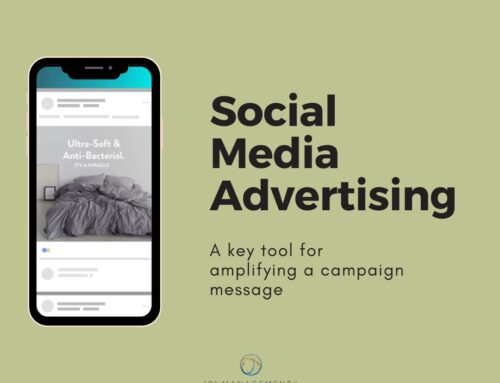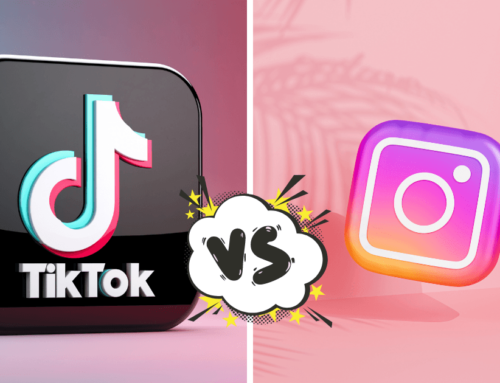Social Video Marketing is taking over the social content world. The difference between social video marketing and traditional video marketing is that it takes place on social platform. Posting videos to your social media channels is a great way to boost engagement because videos are they the most shared form of content. Not only are videos a great visual tool, but you can portray much more information than in a single image. Videos can be used as “how tos,” showcase an event, or simply reveal a new product – just to name a few good ideas. Do you have your own YouTube channel for your brand? That’s a great way to improve your SEO! This poses the next question, however. What is the best way to post videos to social media?
There are 2 most used options for posting:
- Upload the video (via a saved video file on your computer) directly to the social channel.
- Upload the video to YouTube or Vimeo and then share the YouTube or Vimeo link
Note: Our suggestions only apply if you are sharing original content. If you are sharing a video that doesn’t belong to you, it is best to share the link to where it came from and credit the creator – and not steal it.
Upload The Video Directly
Pros: It has been shown that videos directly uploaded to Facebook are more engaged with than video links alone. You can tag people in your videos or in your captions, view them easier on mobile devices, and add buttons to like your page or visit your website – which makes them even more shareable and beneficial. Another great advantage is that these videos auto play in news feeds to users, so it is more likely to catch their eye than an embedded link. One new feature that Facebook offers is Livestream. Live streaming video is major right now and will soon take over the social video marketing world.
Cons: There aren’t many cons to this method, besides the fact that you will not get views on your Youtube channel since all of the views will be counted towards the platform, like Facebook, where you directly uploaded the video to. There is another downside, depending on the content you want to share. When uploading a video directly to social channels, sometimes the videos have to be shorter. Instagram, for example, has a 60 second time limit. This could be a good thing in some cases since research shows that most people prefer shorter videos and shorter content is easier to digest.
Sharing A Video Link
Pros: Sharing a YouTube link, Vimeo link, or embedding the link onto your Facebook page has its own advantages. YouTube is the most popular video sharing platform, and it provides a significant amount of data for you to analyze on every video and viewer. You can also share a YouTube link anywhere and to anyone! Whereas with a Facebook video, the direct video links can’t be shared to another platform seamlessly. If you’ve tried sharing a YouTube link, you’ll notice they have a ton of sharing options. One of the most valuable reasons to share your video on YouTube that it is great for SEO (your search engine rankings). The more views on a video, the more likely you are to show up in searches if you video content and data are optimized.
Cons: There is a downside to sharing video links! By only sharing a link to a YouTube (or Vimeo or whatever platform you choose) video, you’re missing out on potential social engagement and sharing opportunities from your followers and fans. When promoting your brand, this is a huge deal because shareability gets your brand in front of more eyes. Fans are less likely to share and view a Youtube link on other platforms, and you can’t share a clickable Youtube link on Instagram.
The verdict?
Directly uploading your videos to your social platforms wins this race! While directly uploading your videos might be the best route in our opinion, we suggest that you also should have a YouTube channel to upload the video to, mainly to help your search engine rankings. That allows you to possibly double your audience as well. A win-win in the case of social video marketing.










Leave A Comment